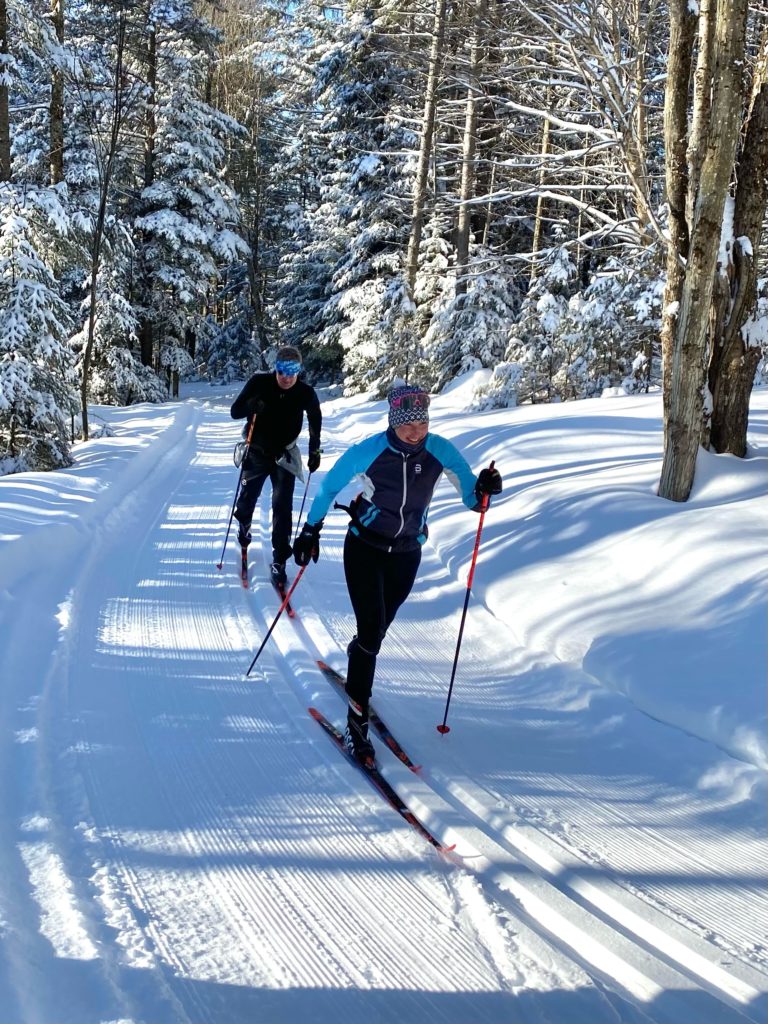
Over the last thirty years of training for ski marathons, I have learned some helpful lessons that have made me become a stronger ski competitor. Most of these lessons were pretty painful at the time, but they have allowed me to become healthier in all areas of my life.
Lesson # 1: Eliminate “junk” ski training
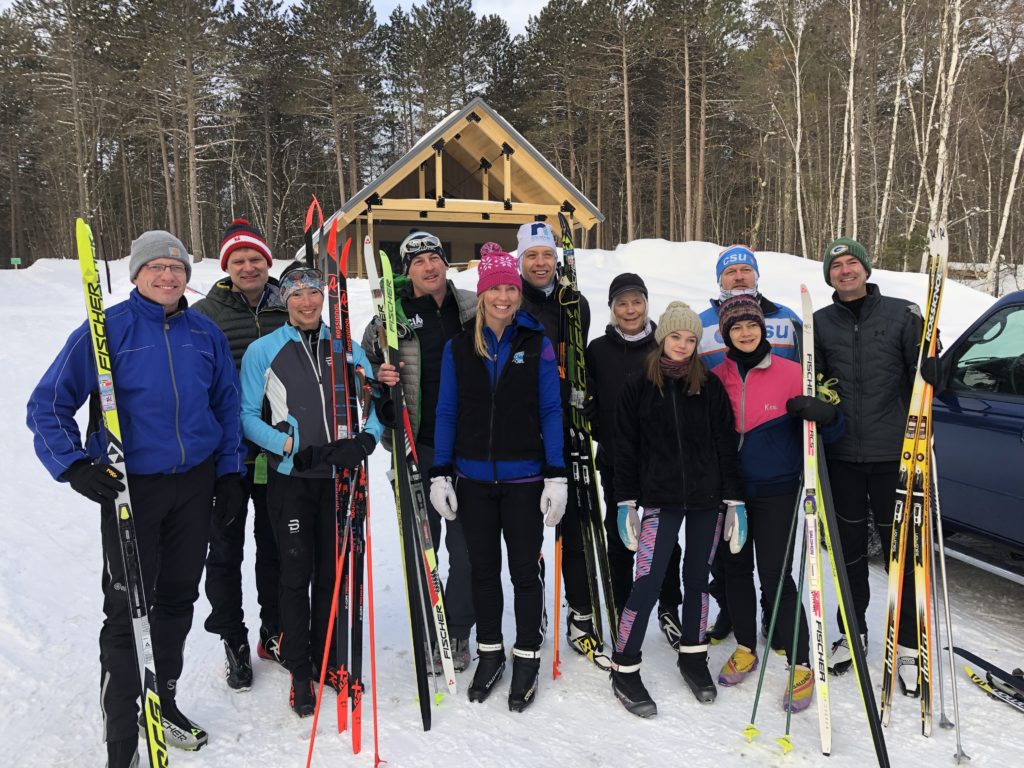
My collegiate racing career from 1989 – 1992 was cut short by one year when Bemidji State University suddenly cut the Nordic Ski Team. The following year the remaining skiers decided to continue racing as a club but rather than the shorter five to fifteen kilometer races we decided to register for the 1993 Mora Vasaloppet 58 km skate marathon. I had already completed the Duluth Grandma’s running marathon so I figured it would be a similar challenge. The experience of skiing in a long draft pack, consuming blueberry soup and finishing on the snow covered street going into downtown Mora, I was hooked!
Following undergraduate school I started racing in local ski marathons around the Midwest. During this time I was balancing a part-time job along with obtaining my Masters Degree. Being new to the marathon scene, I had no clue how physically demanding it would be to train, compete and recover from thirty to fifty kilometer race events. Logging in long over distance workout sessions was not an option, so my average workout was around an hour.
Looking back now, many of the workouts would be considered by coaches as “junk training”. The training sessions were mostly performed at my level two pace which was not slow enough for easy days and not fast enough for interval days. The result was slow racing and multiple times hitting the “wall”, where I was being passed by skiers twice my age. Lesson learned: Eliminate all “junk” training from your workout plan.
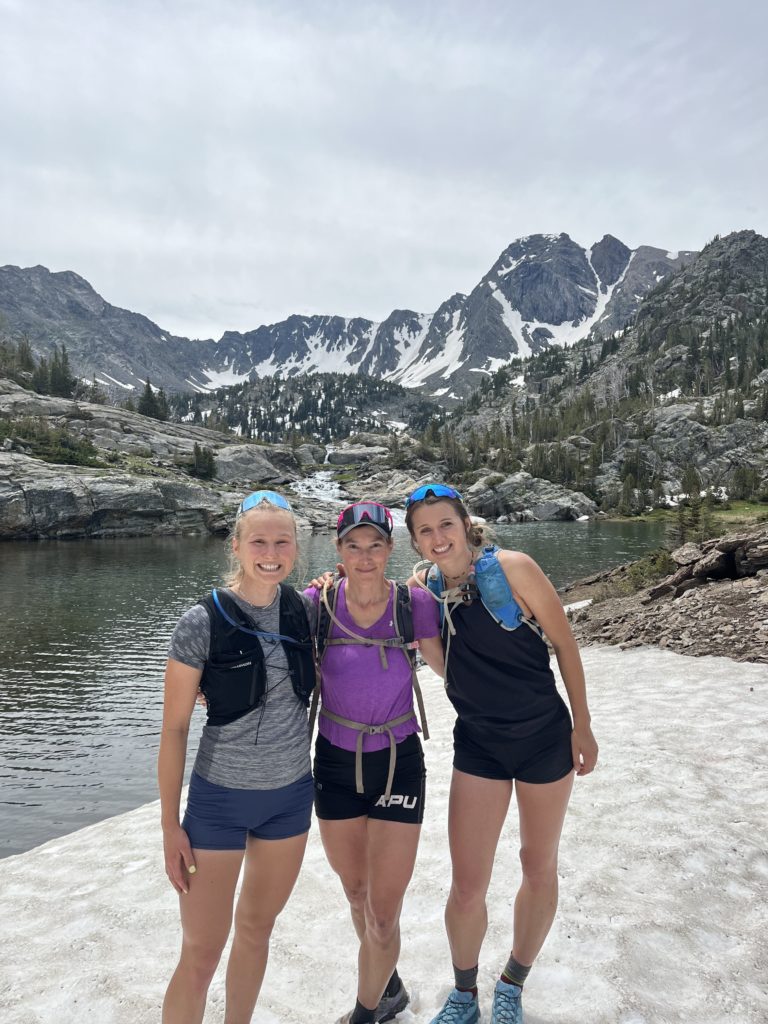
Lesson # 2: Include at least one or two over-distance easy workout sessions per week
At the age of twenty-eight my husband and I had our first daughter. Training became even more of a challenge but I was highly motivated to get out and ski to have a much needed mom break. I am not a fan of skiing in the dark, so Craig built me a do-it-yourselfer ski pulk made of a sled, a plastic shield and a thermarest pad.
Soon I was able to ski two to three hour training sessions during my daughter’s midday naps. All the uphill ski pulk training along with the easy lake workouts ( back then they did not have man-made snow making so lakes were very popular early season for training) paid off at the Birkie where I placed 11th (one of my best Skate Birkie results to this day). Lesson learned: Include at least one or two over distance easy level one workout sessions per week in order to prepare your body for the physical demands of ski marathons.
Lesson # 3: Follow a training plan!
The faster Birkie result motivated me to start training smarter. Life was very busy as a young married couple as we juggled the demands of work and parenting. At the performance peak age of thirty we had our second daughter, Leah. Gone were the days of ski pulk training since my other daughter, Hannah, was almost three years old. My time was limited and I needed a more structured training plan to improve my race performance.
During this time I was on the Rossignol marathon racing team which included around thirty athletes from all over the nation. Jim Fredericks, the Rossignol race director at that time, recommended I start reading a book called “Serious Training for the Endurance Athletes”. I created my own training plan that included intervals, strength, over distance workouts and recovery days.
Each month of training was planned around the race season of January through February ski marathons. May through July was focused on easy level one distance sessions along with strength training two to three times a week. I Incorporated long trail runs and rollerski sessions to build up the aerobic capacity that is needed for marathon racing. Strength has been my least favorite part of training, since I prefer to be outside rather than stuck inside a stuffy gym. I would often bring the kids to the park to play while at the same time performing my strength workouts. The kids would sometimes join in the fun! I mostly did body weight training at local parks that included pull-ups, push-ups, dips, lunges, step ups, box jumps, squats and a variety of plyometric and core exercises.
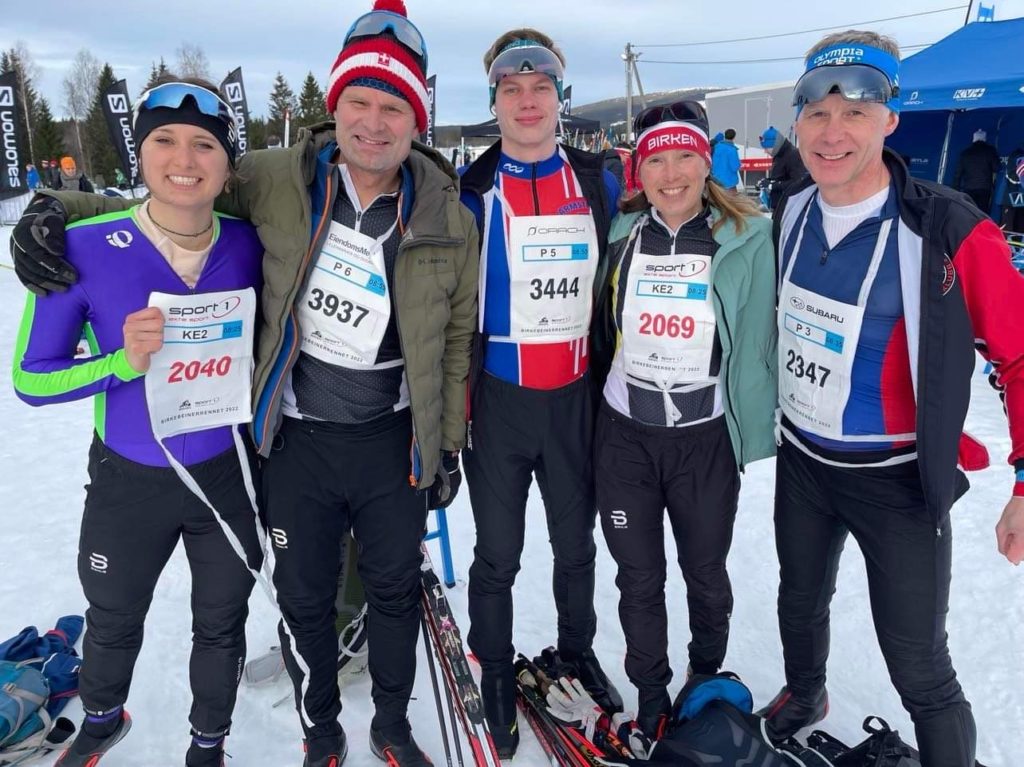
I also incorporated lots of distance road and mountain biking which is my second passion next to skiing. I would often substitute roller skiing with cycling, swimming or canoeing on those hot and humid Minnesota summer days. Starting from July through August I would keep my interval training in the level three zone (marathon pace).These sustained intervals of eight to fifteen minutes in length trained my muscles to sustain a marathon race pace. Late August through December I would add an additional level four ( 5-10 km race pace) interval session to my training plan.
In between the interval days it was very important to keep my heart rate at a level one ( easy talking pace) so that my body could recover for the next interval workout. Each week of the month would look different depending on the particular focus. Some weeks were high volume followed by a recovery rest week. Other weeks were high intensity sprinkled with specific strength or speed workouts. Overall having this year-round training plan helped me reach the next level of racing performance. Lesson learned: have a training plan!
Lesson # 4: Rest and recovery is part of training
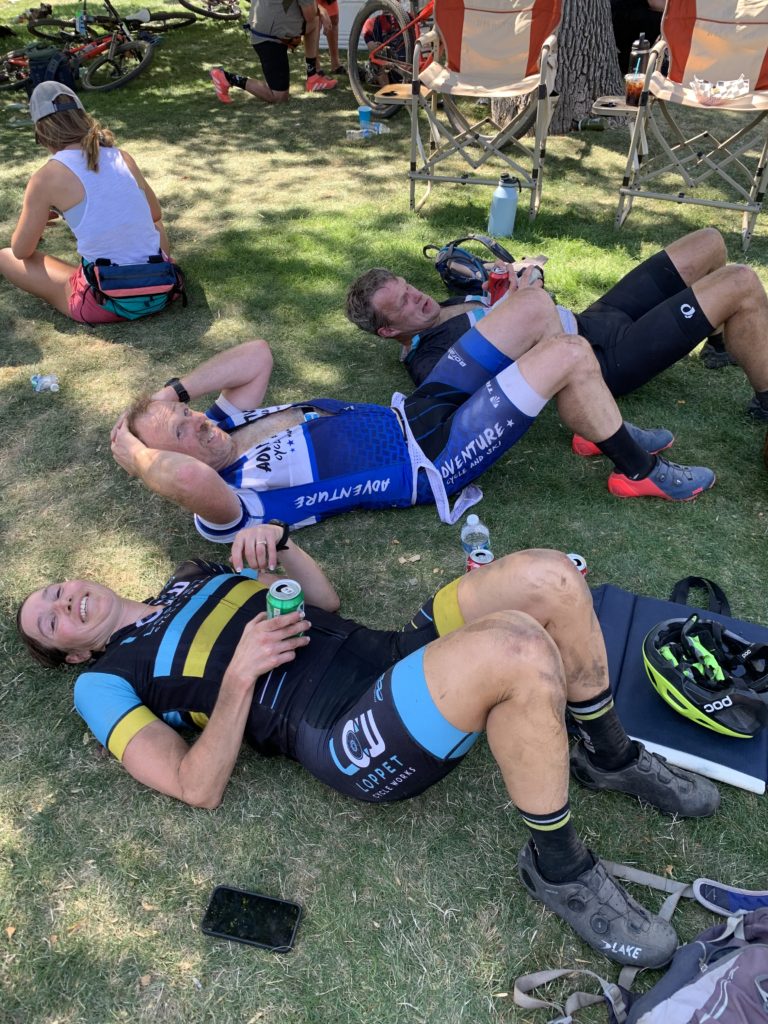
I have a type A driven personality and really enjoy having a structured training plan to follow. Sometimes I would get too caught up in the plan and forget to listen to my body when I really needed to rest. My tendency to overtrain in addition to the stress of parenting and working almost always led to illness and poor performance. The demands of motherhood, work, social life and training soon took a toll on my body. Each of our bodies have our own limits of how much activity and stressors we can handle while also staying healthy. I soon learned the importance of rest days and watching my resting heart rate each morning to detect if my body needed a few more days off before jumping into the next interval workout. Sometimes I would need to say no to a really fun event in order to have more energy for the upcoming race.
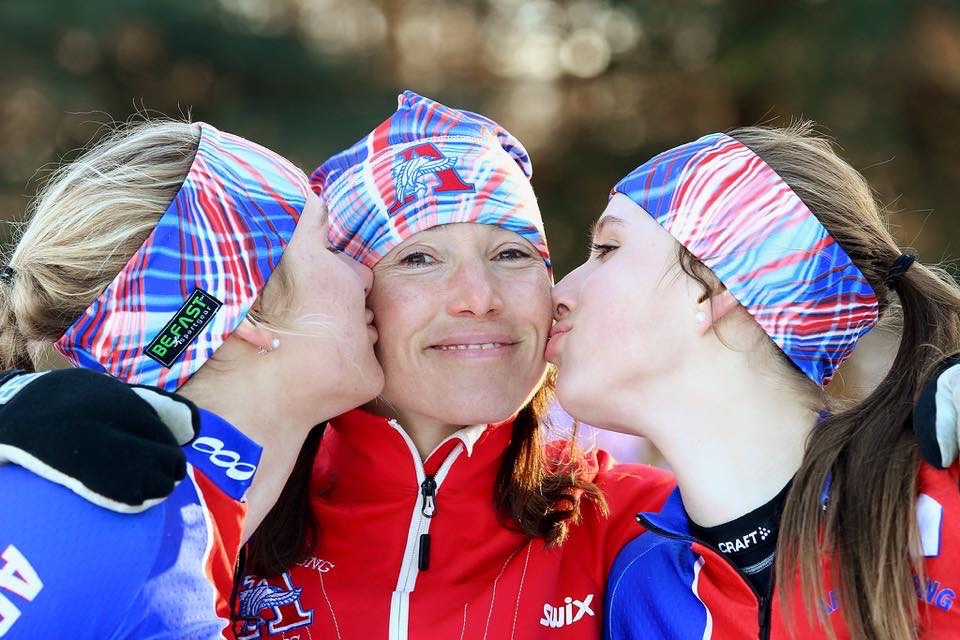
During this time I started coaching my daughter’s high school Nordic Ski team along with working full-time at the Loppet Foundation as the Director of the TRAIL KIDS program. Some days I would get up early to do my own interval workout before I coached an adult women’s ski session in the morning. Following this I would head over to coach at the high school in the afternoon and end my day back on my skis coaching the evening TRAIL KIDS session under the lights at Wirth. By the end of the day I was completely exhausted. I do not recommend this for anyone who wants to perform at a high level in marathon races! Learning to rest your body more during demanding days is very important. Schedule your intervals or long distance workouts on days you can be off of your feet and truly recover. Lesson learned once again: Make rest and recovery part of your weekly training plan.
Lesson # 5: Join a training group.
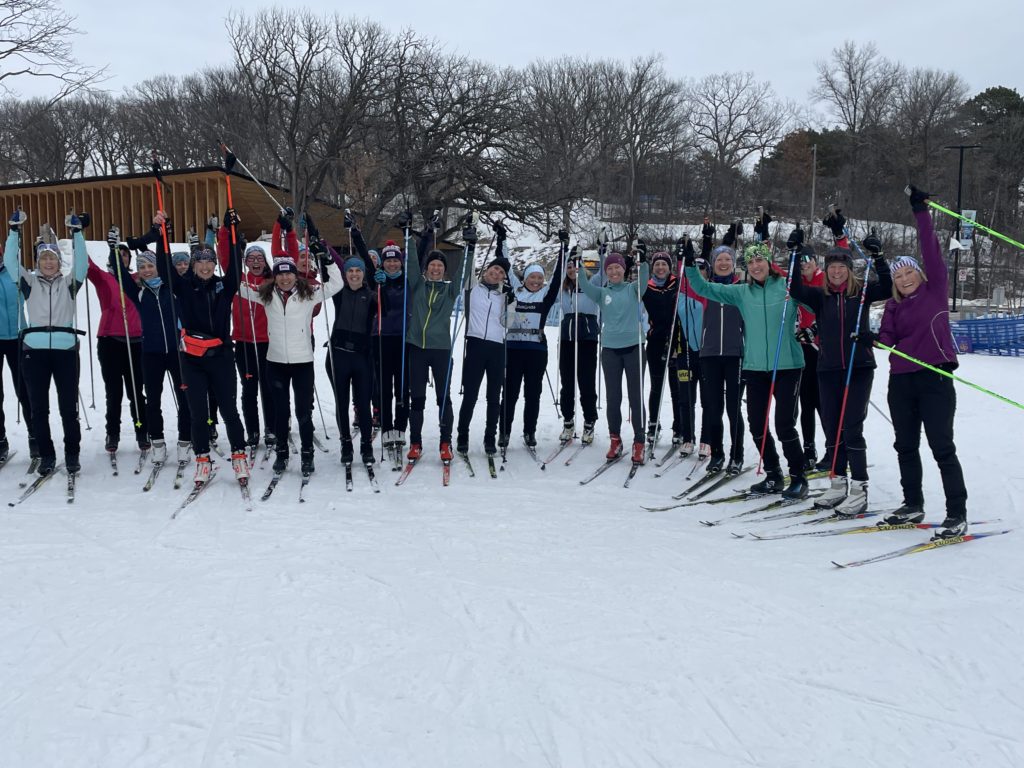
Back in the early to late 90’s there were not many formal adult training groups available in the Twin Cities. In 2004 I joined Piotr Bednarski’s “Go Training” program. Each week he would send out a specific training plan that also included technique tips. Master skiers of a wide range in age would gather early in the morning for interval workouts at Hyland downhill ski area ( again not as many snow making venues back then). We would do killer hill repeats up and down the steep terrain. Coach Piotr would video our technique and review it with us on the trail so we could make instant changes. I remember how embarrassing it was on the first group rollerski session to discover that I could not keep up with the other skiers in the double pole hill repeats. Coach Piotr changed my entire double pole to become more powerful by engaging my core and lat muscles.
Through video critique and lots of technique coaching I was able to improve my double pole which soon translated into fast and efficient skate V2 and classic double pole skiing. I am wired as an introvert, so joining a group sounded pretty intimidating at first. I eventually found out that training weekly with a group of like minded adults provided both motivation and lifelong friends to race and train with each weekend.
For the last twenty years I have been coaching a women’s adult master ski group through the Loppet Foundation. These women have become much faster skiers, but more importantly have a group of lifelong friends to ski and travel with on a regular basis. I encourage you to find a local ski club, coached training group or form a group of friends to train with on a regular basis. Having friends push you to be a better skier on those tough below zero training days is a must!
I hope these lessons were helpful to you as you balance both work, family and play! Good luck to you in your upcoming ski races.
Kim Rudd
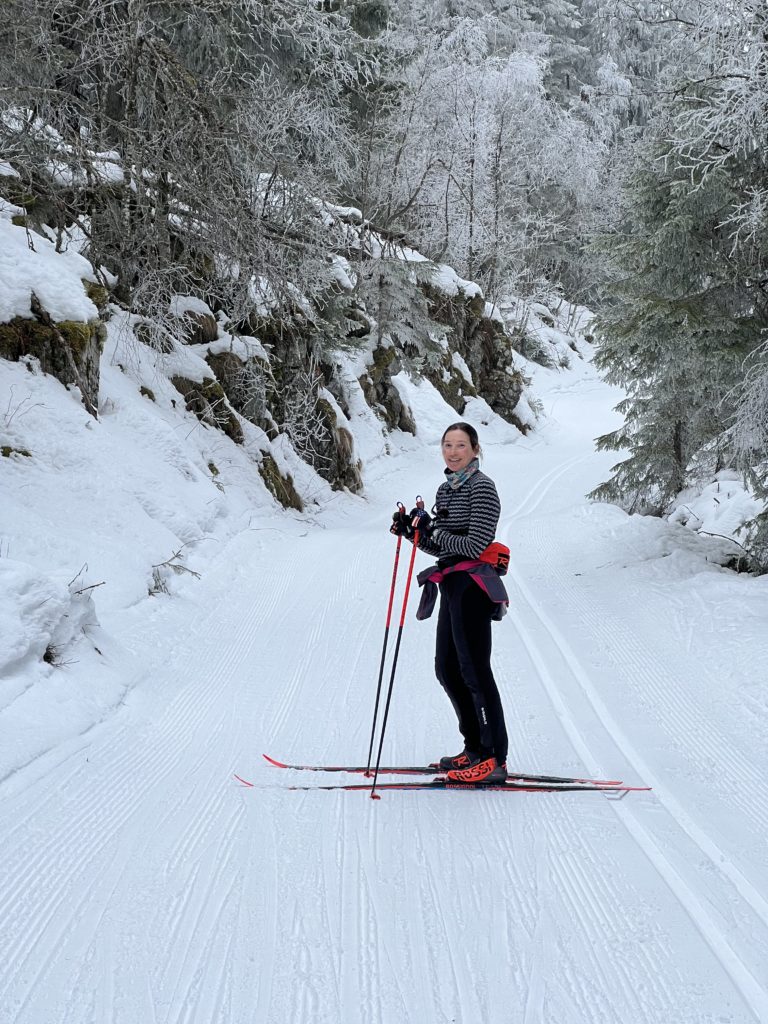
Kim is the founder and owner of Endurance Adventures, LLC. Endurance Adventures offers both cross-country ski and mountain bike group trips for adults of all athletic abilities to some of the most stunning ski and bike trail systems around the world. Trip leaders plan out all the details so you can enjoy more time on the trails and relax with your friends while eating top notch meals together.
Check out the upcoming 2022/23 Ski Trips at www.enduradv.com. Kim has enjoyed racing for Team Rossignol for the past thirty years in various ski marathons around the Midwest and internationally. She also enjoys mountain biking and canoe/SUP adventures along with coaching youth and adults at the Loppet Foundation. Kim is certified as a level 200 BICP coach along with Level 200 USSA Nordic coach. She is excited to share her passion for travel, cycling and Nordic skiing with other like minded people!
